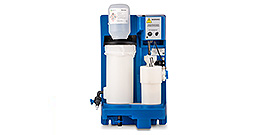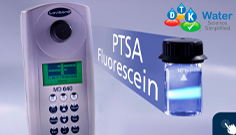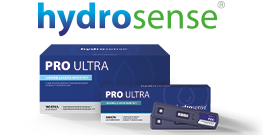Cai X, Hu Y, Zhou S, Meng D, Xia S, Wang H. Water Res. September 2023. Highlights Secondary water supply systems (SWSSs) are crucial water supply infrastructures for high-rise buildings in metropolitan cities but are associated with increased microbial risks. The mechanisms of SWSS microbial ecology are less clear. Engineering factors such as tank… Read more »
We can offer our customers several secondary disinfection options to control issues like biofilm formation and harmful bacteria proliferation
Genox or chlorine dioxide
For water usage above 60m³/day, we recommend installing either a chlorine dioxide unit or a Genox unit. The Genox units generate hypochlorous acid from brine electrolysis with running costs as low as 4.0 pence/m³.
Ultralox 40 or SuPerSil
For smaller systems, continuous dosing with Ultralox 40, a hypochlorous acid solution, is a cost-effective alternative with few safety risks.
Similarly, silver peroxide dosing suits low to medium water usage systems.
For more information contact [email protected]











